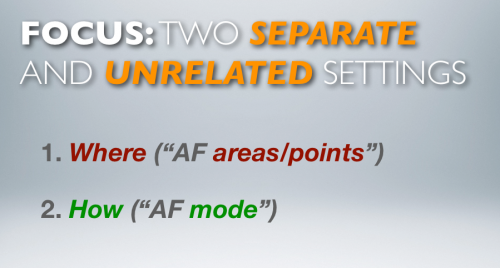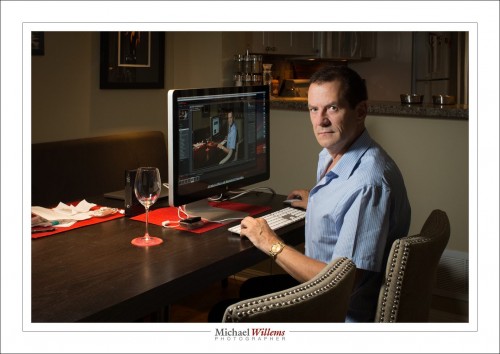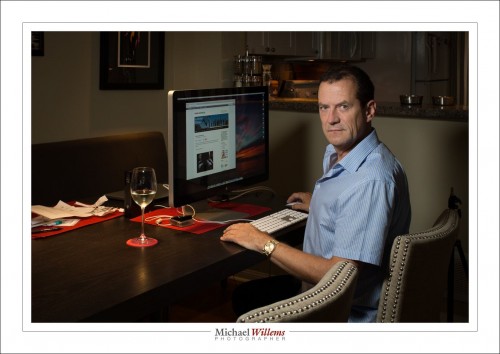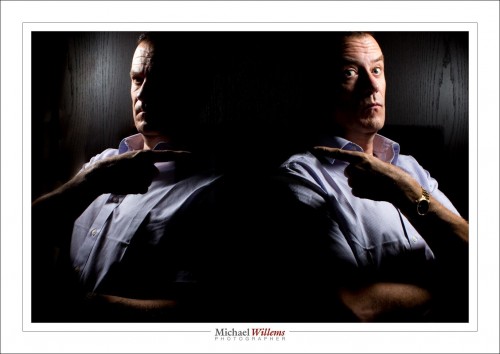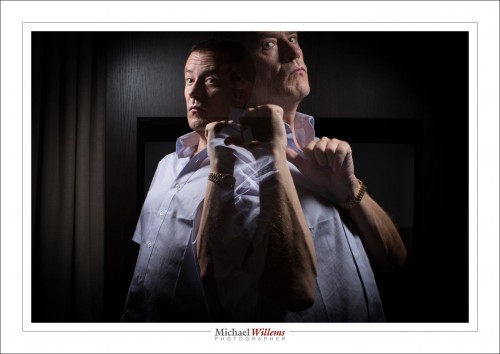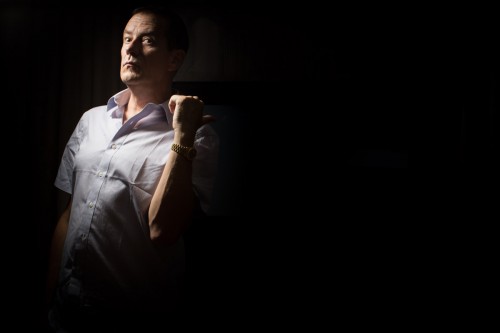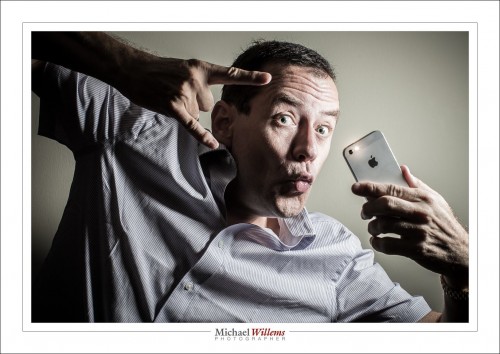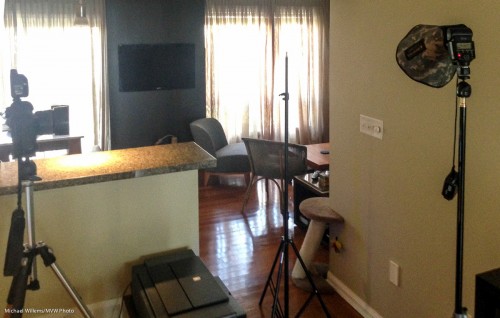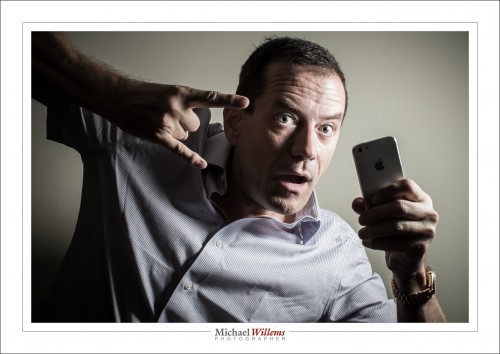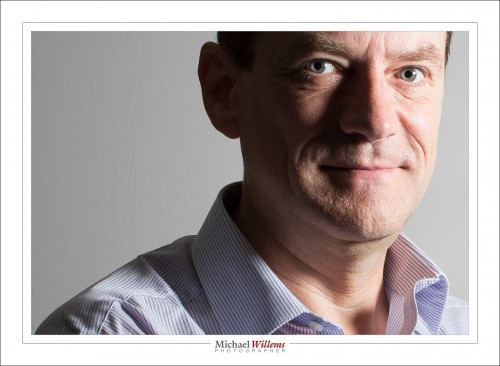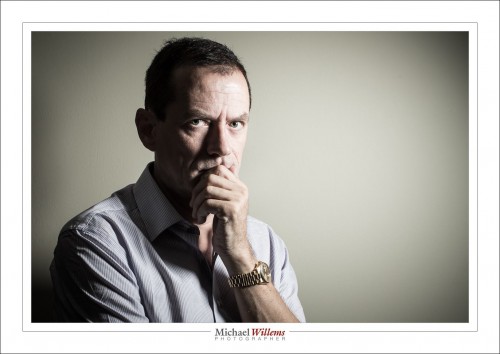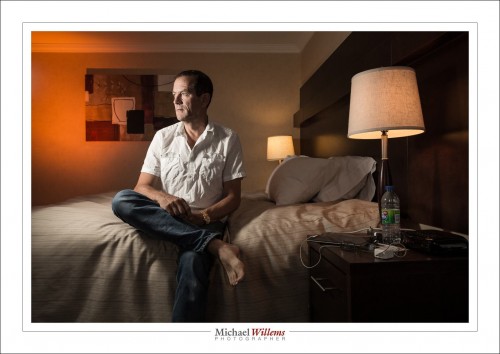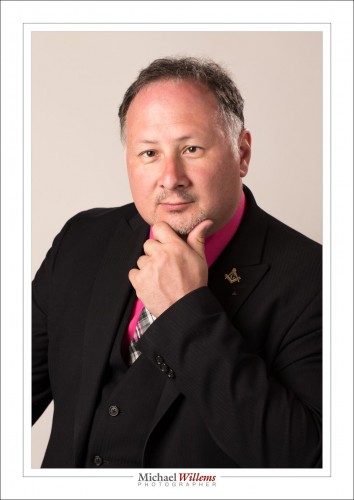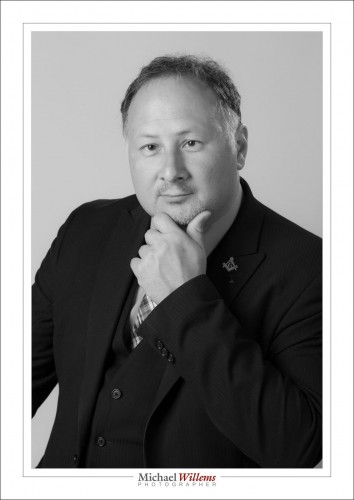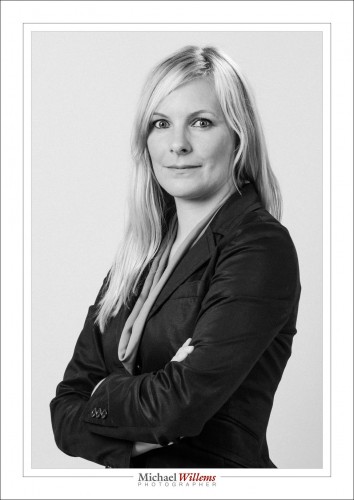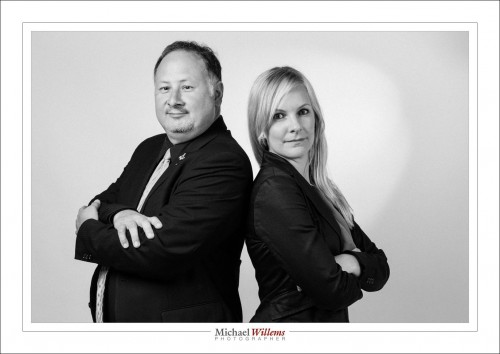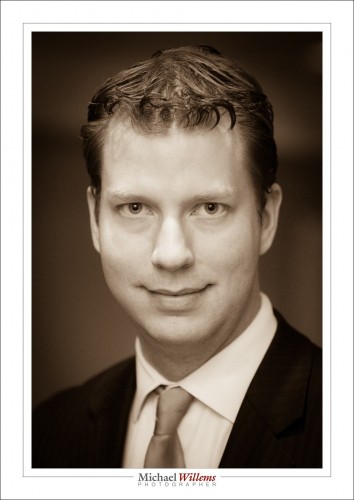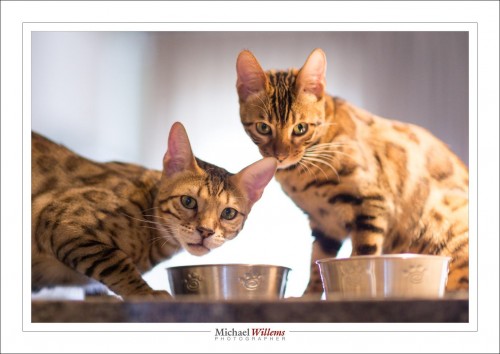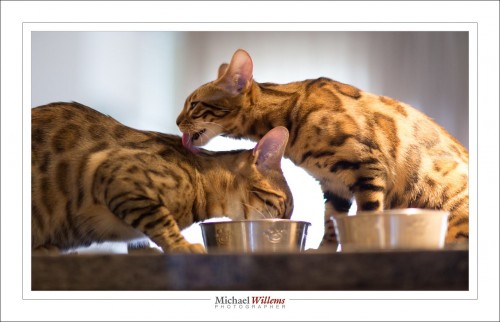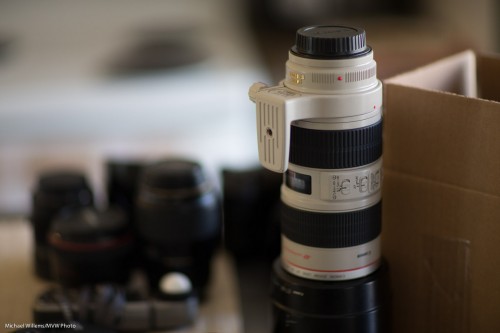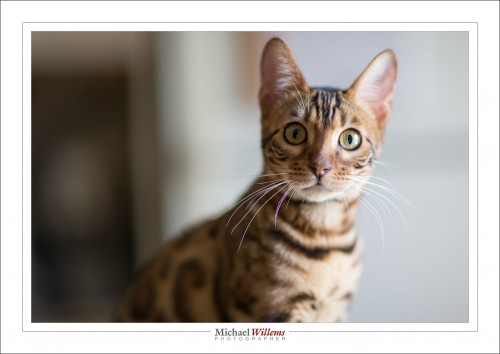A lot of new readers here on Speedlighter.ca, so I thought time for a few reminders.
My name is Willems. Michael Willems.
That didn’t sound quite as cool as when James Bond says it. But anyway, I am a photographer, and I teach photography – at Ontario’s Sheridan college, in schools, to groups large and small; in my own school; privately; at Vistek; at shows, and internationally. See www.michaelwillems.ca. This blog supports that teaching. It is my gift to you all. I want the world to know photography, so I share here.
I aim at everyone, from beginners to pros. Every day, I write what I feel like writing about. By reading all articles, you will get the idea and learn. You can also search. Or read categories (scroll to the bottom for this).
I have been doing this daily for four years. Yes, four years of daily posts. I occasionally miss a day, but then I do two posts the next day.
This blog may not always stay daily, but it will always stay free. All I ask in return is for you to:
- Tell all your friends about it, if you like what you read!
- “Like” the posts on Facebook and other social media (use the little icons at the top and bottom of each article).
- Add your voice to the discussions (comment by using the link at the bottom of each article).
- Consider buying my photography e-books. See the link above. I promise you will like them and learn – a lot. They cost $19.95 each and are in PDF format, at least 100 pages each, and not addled with DRM protection. I trust you.
- Consider additional training.
So… for newcomers, a quick tip: learn to focus your camera.
Quick advice of the day:
- Where: select one focus point. Aim that at what should be in the centre of the sharp range. Focus by pressing half way down. Hold. Recompose if necessary. Press all the way down.
- How: normally use lock focus (“One Shot”/AF-S). When shooting moving objects, consider continuous focus (“AI Servo”/AF-C).
Now go practice that. We’ll talk again tomorrow!

